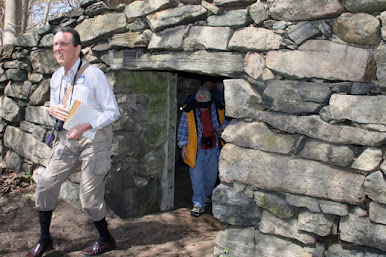Final Paper Abstract and Works Cited

Final abstract for my research paper: This research investigates the meaning and purpose behind the giant collection of geoglyphs and biomorphs located in southern Peru more popularly known as the Nazca Lines. It analyzes the geographical, archaeological and historical evidence gathered by scientists to support the theory that the lines were created to locate water sources buried deep within the desert. The paper sheds light on the social and spiritual life of the ancient cultures of the Nazca Valley revealing them to be a sophisticated civilization capable of creating an intricate water map on a 1:1 scale. It also discusses the opposing viewpoints of scientists whose research suggests the lines were created for astronomical purposes, ritualistic endeavors and landing strips for alien spacecrafts. Works C...









